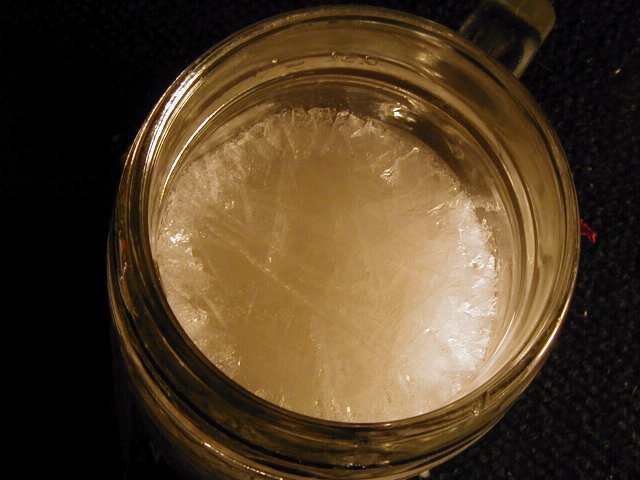








| Quote: |


| Quote: |
| Quote: |

| Quote: |
Quote: Originally posted by KABOOOM(pyrojustforfun)  |
Quote: Originally posted by madcease  |
Quote: Originally posted by madcease  |
| Quote: |

Quote: Originally posted by Vogelzang  |
Quote: Originally posted by Engager  |
Quote: Originally posted by Engager  |

Quote: Originally posted by Formula409  |

 .
.